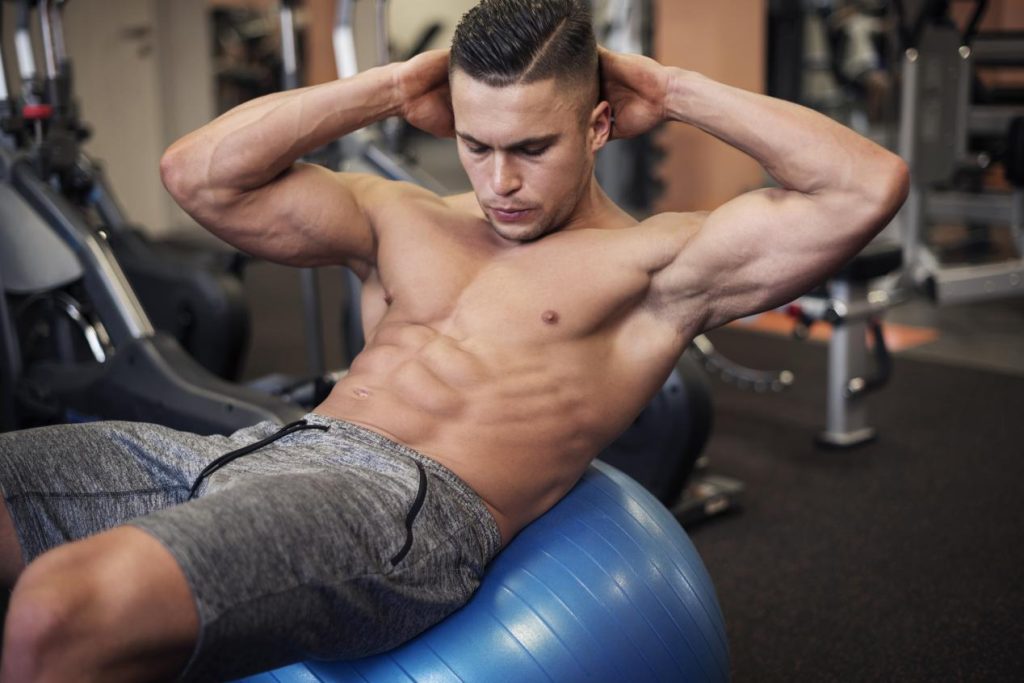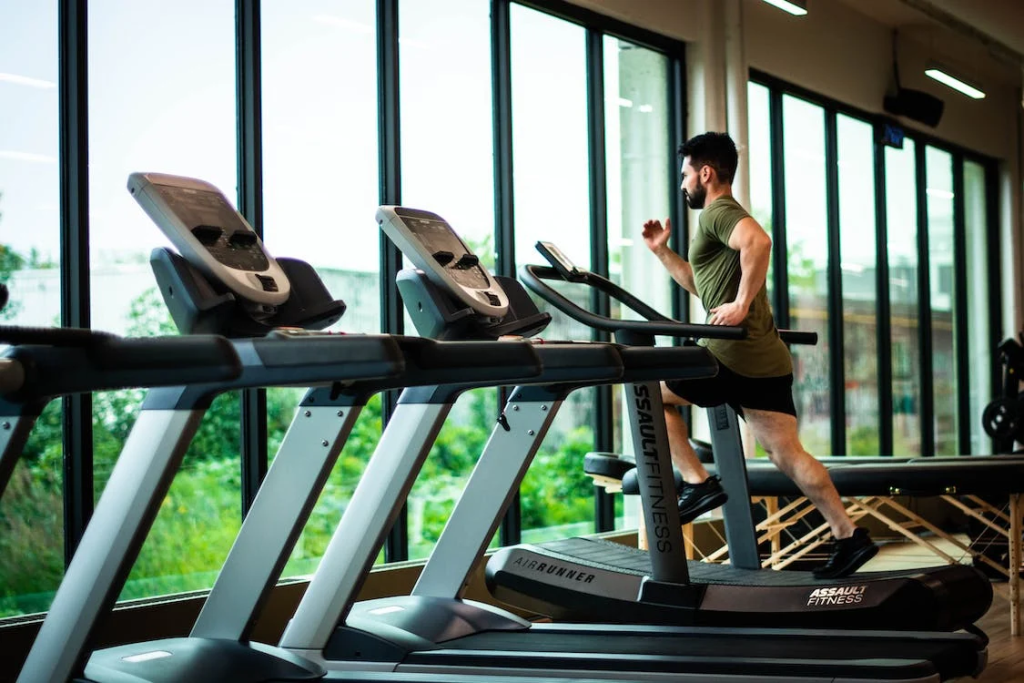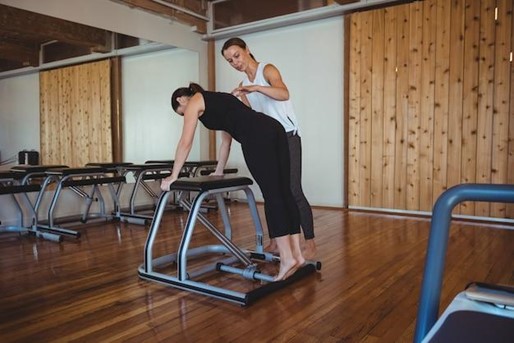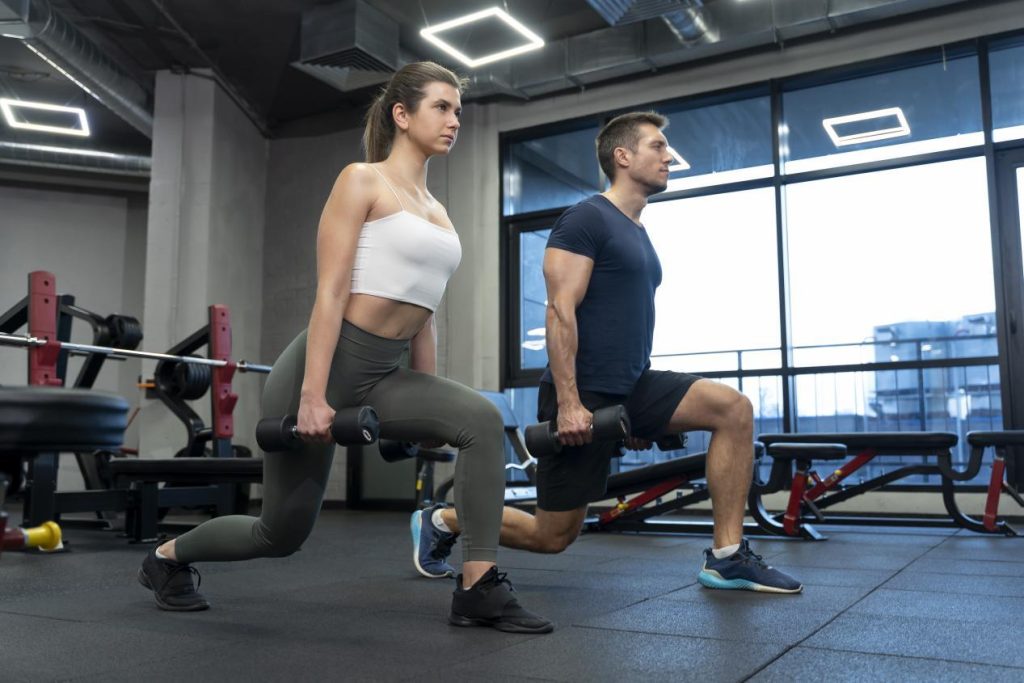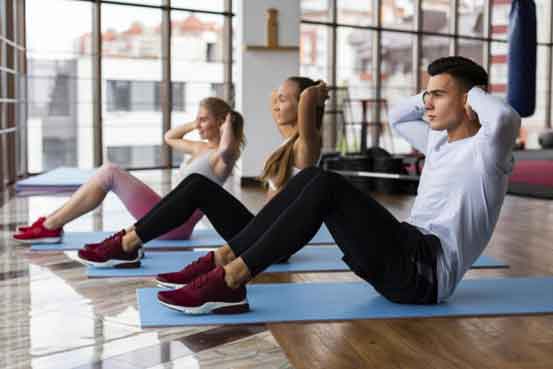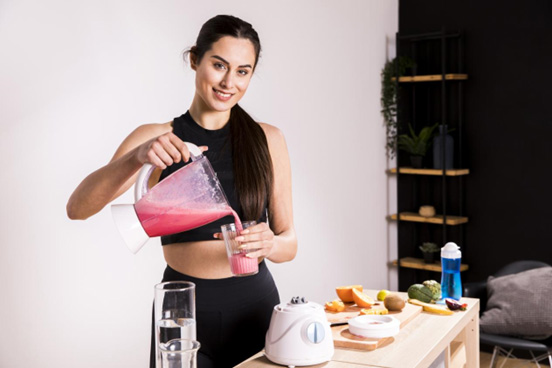Chasing the dream of a sculpted midsection can often feel like running on a treadmill—literally and figuratively. Despite the sweat, the effort, and the dedication, the goal seems just out of reach. At Club Vitality, we’ve noticed a common thread among fitness enthusiasts: a frustration with abs workouts that don’t seem to deliver. It’s a puzzle that many have tried to solve, with countless hours dedicated to crunches, planks, and various machines, yet the desired six-pack remains elusive. This article dives into the heart of why your abs workouts might not be working and how you can tweak your approach for better results.
Key Takeaways
- Focus on Nutrition: Your diet plays a crucial role in revealing your abs.
- Incorporate Full-Body Workouts: Engage more muscles for a higher calorie burn.
- Intensity Over Duration: Short, high-intensity sessions are more effective.
- Consistency is Key: Regular workouts are crucial for lasting results.
- Mind the Mind-Muscle Connection: Ensure you’re engaging your abs correctly.
The Core Issue
Many gym-goers dedicate a significant portion of their workout regime to targeting the abdominal area, yet the dream of achieving a chiselled midsection often remains just that—a dream. The issue isn’t a lack of effort but rather a misunderstanding of how to effectively train and reveal the abdominal muscles. Let’s explore some common pitfalls and how to avoid them.
Nutrition: The Foundation of Abs
Abs are made in the kitchen. This adage holds true, as no amount of abdominal exercises can outdo a poor diet. Reducing body fat through a balanced diet is essential. Websites like Healthline offer guidance on foods that can help reduce belly fat, emphasising the importance of whole foods over processed options.
The Role of Full-Body Workouts
Focusing solely on the abs can lead to imbalances and may not be the most effective way to reduce body fat. Incorporating full-body workouts, as recommended by Mayo Clinic, ensures a higher calorie burn and engages multiple muscle groups, including the core.
High-Intensity Interval Training (HIIT)
HIIT workouts have been shown to be incredibly effective for fat loss, including around the abdominal area. The American Council on Exercise highlights the benefits of HIIT, including increased calorie burn long after the workout is over.
Consistency Over Perfection
It’s not about perfecting a single workout but rather about consistently training your body and abs over time. Regular exercise, as outlined by Better Health Channel, is key to achieving and maintaining your fitness goals.
Engaging Your Abs Correctly
The mind-muscle connection is crucial in all exercises, especially for abs. Ensuring you’re engaging your core correctly can make a significant difference in the effectiveness of your workouts. Techniques for activating and maintaining this connection are not always intuitive. By focusing on the quality of your movements and truly connecting with your core, you can enhance the efficiency of your abs workouts and move closer to your goal of a well-defined midsection.
The Misconception of Spot Reduction
A common myth that persists in the fitness world is the idea of spot reduction—that you can lose fat in specific areas by targeting those areas with exercise. This belief leads many to focus excessively on abdominal workouts in the hope of shedding belly fat. However, scientific evidence, including studies cited by Scientific American, debunks this myth, clarifying that fat loss occurs across the body based on genetics and overall body fat percentage, not the muscles being exercised. Therefore, a holistic approach to fitness and nutrition is essential for those seeking to unveil their abs.
Understanding Body Fat Percentage
To see abdominal definition, men typically need to achieve a body fat percentage below 14%, while women need to be below 20%. These numbers can vary based on individual body types and muscle mass. Websites like Precision Nutrition offer insights into understanding body fat percentages and how they relate to visible muscle definition. Achieving and maintaining such levels of body fat requires a combination of disciplined eating, consistent full-body exercise, and lifestyle adjustments.
The Importance of Core Strength
While the aesthetic appeal of abs is undeniable, the functional benefits of a strong core extend far beyond looks. A robust core enhances balance, stability, and overall athletic performance. It also plays a crucial role in preventing injuries by supporting the spine and surrounding musculature during physical activities. Incorporating exercises that enhance core strength, such as planks, deadlifts, and squats, into your routine is vital.
The Role of Recovery and Stress Management
Recovery and stress management are often overlooked aspects of fitness regimes, yet they play a critical role in achieving any fitness goal, including the development of abs. High levels of stress can lead to increased cortisol levels, which can contribute to fat accumulation around the midsection. Techniques for stress management, such as mindfulness, yoga classes, and adequate sleep, are essential for overall health and can indirectly aid in fat loss. The benefits of recovery, including rest days and active recovery sessions, cannot be overstated. They allow the muscles to repair and grow stronger, preparing them for the next workout.
Incorporating Cardiovascular Exercise
While HIIT can be highly effective for fat loss, incorporating a variety of cardiovascular exercises into your routine can also be beneficial. Activities such as running, cycling, and swimming increase heart rate and calorie burn, contributing to overall fat loss and endurance. Balancing high-intensity workouts with steady-state cardio can prevent burnout and promote a well-rounded fitness regimen.
The Power of Patience and Persistence
Perhaps the most crucial element in unveiling your abs is patience. Transforming your body composition takes time, dedication, and persistence. It’s important to set realistic goals and celebrate progress, no matter how small. Remember, quick fixes and fad diets offer temporary solutions at best. Building a lifestyle that promotes health and fitness will lead to sustainable results and the achievement of your goals.
Tailoring Your Workout to Your Body Type
Understanding your body type can also play a significant role in how you approach your abs workout. Ectomorphs, mesomorphs, and endomorphs each respond differently to various types of exercise and diet. Tailoring your fitness and nutrition plan to suit your body type can optimise your results. For personalised advice, consulting with a fitness professional at Club Vitality can provide you with a tailored plan that considers your unique needs and goals.
The Importance of Hydration
Hydration is another key factor that impacts your fitness journey and the visibility of your abs. Proper hydration aids in digestion, helps regulate body temperature during workouts, and can even impact your metabolism. Drinking adequate amounts of water throughout the day is crucial, especially before, during, and after workouts.
Embracing a Holistic Approach
Achieving visible abs is not solely about focusing on the abdominal muscles themselves but rather adopting a holistic approach to health and fitness. This includes paying attention to your diet, incorporating a variety of exercises that target the entire body, managing stress, ensuring adequate recovery, and being consistent with your efforts over time.
Conclusion
Achieving the abs of your dreams is a combination of the right nutrition, effective training, and consistency. At Club Vitality, we’re committed to guiding you through this journey with our expert coaching and state-of-the-art facilities. If you’re ready to transform your approach to abs workouts, get in touch with us today. Let’s make those abs a reality together.
Frequently Asked Questions
Why aren’t my abs showing even after working out?
Your abs won’t show if they’re covered by a layer of fat. Focus on reducing your overall body fat through a combination of diet and full-body workouts.
How often should I train my abs?
Training your abs 2-3 times a week allows them to recover and grow stronger.
Is it necessary to use weights for abs workouts?
Incorporating weights can increase the intensity of your workouts and help build muscle, but it’s not necessary for everyone.
What foods should I eat to help reveal my abs?
Focus on whole foods, such as vegetables, fruits, lean proteins, and whole grains, and avoid processed foods and sugary drinks.
Can doing too many abs workouts be harmful?
Yes, overtraining your abs can lead to imbalances and might hinder your progress. Balance is key.
How long does it take to get abs?
The time it takes to get abs varies for each individual, depending on factors like starting body fat percentage, diet, and consistency in training.
